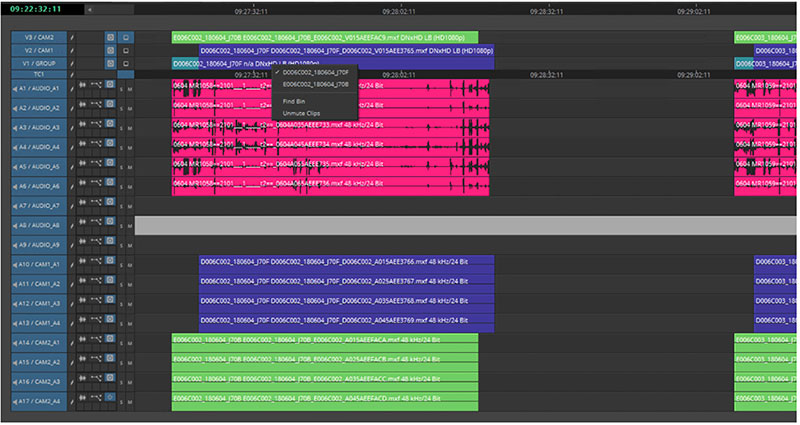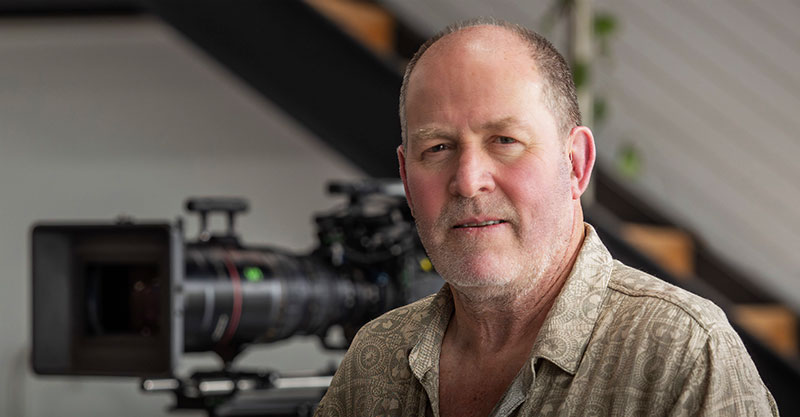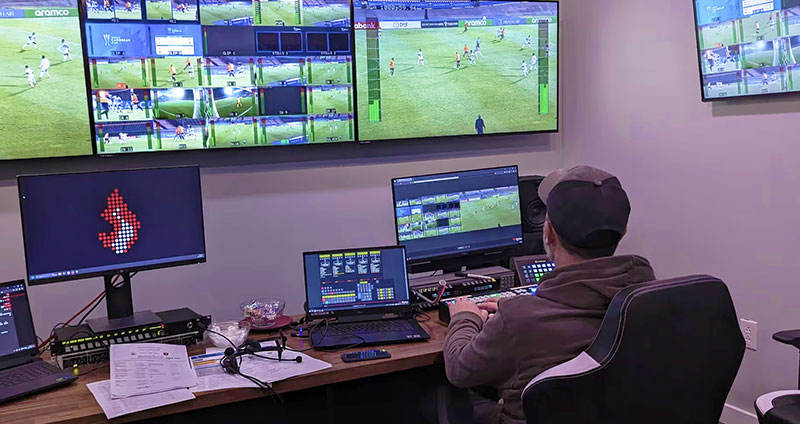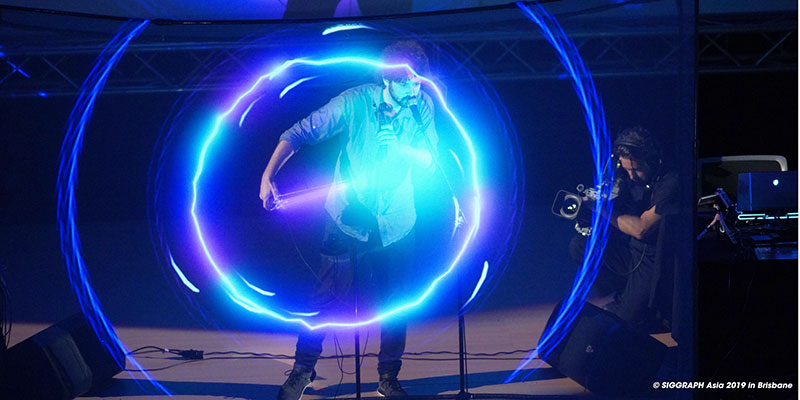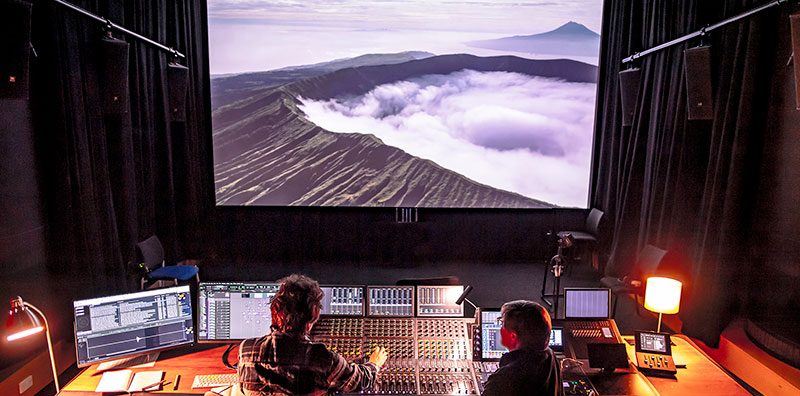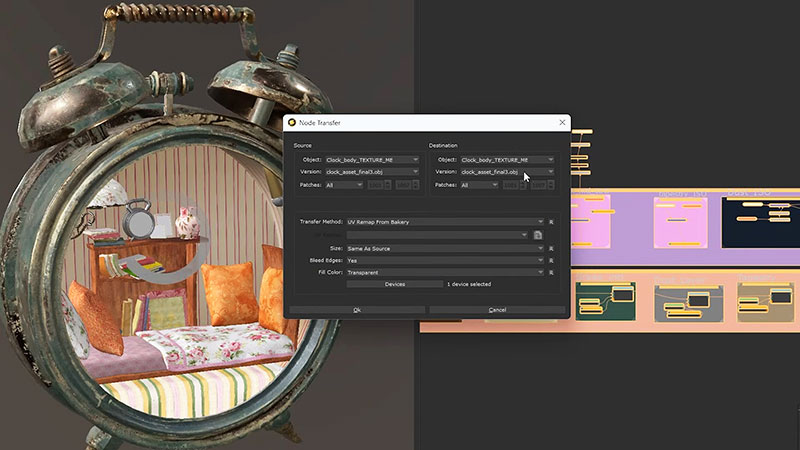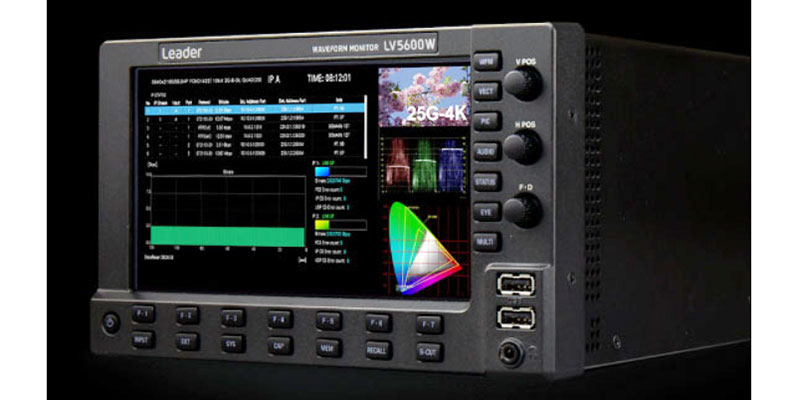The integrated broadcast-grade Blackmagic workflow at Tulpa Studio balances between accessibility and performance, delivering cinema grade results while keeping overheads lean.
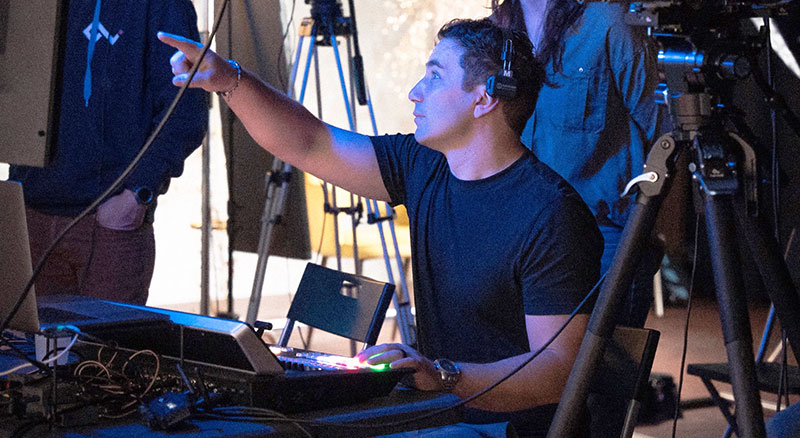
Independent production company Tulpa Studio in Italy believes that cinematic ambition doesn’t depend on massive budgets to thrive. The studio has built an integrated, broadcast grade workflow in which founder Michelangelo Ingrosso has aimed for balance between accessibility and performance.
Michelangelo is a self taught cinematographer who started his career shooting music videos to promote his own records. “When I set up Tulpa, I knew I needed a way of delivering cinema grade results while keeping our overheads lean,” he said.
Tulpa Studio now operates from a 400sqm facility, complete with a soundstage, post suite, makeup station and rental service. Its output can compete with larger, more traditional productions, but the studio’s purpose-designed workflow makes it different.
A Sweet Series
The studio has recently met success with a cookery show titled ‘Sweet Home’ that debuted on Warner Bros. Discovery channels. It serves as a valuable demonstration of how indie teams can push beyond outside expectations. Shot with a multi camera set-up centred on the Blackmagic URSA Mini Pro 12K digital film camera and Blackmagic Studio Camera 6K Pro, the show achieves the insider’s view of a docuseries, but adds the polish of a sophisticated commercial project.
Faced with a situation close to a conflict of interests, Michelangelo said, “We wanted to give the show real cinematic flair. That meant richer colours, shallow depth of field and lighting that evokes a feature film more than a cooking show. But none of that would work if we couldn’t maintain clarity. Viewers still need to see exactly what the chef is doing.”
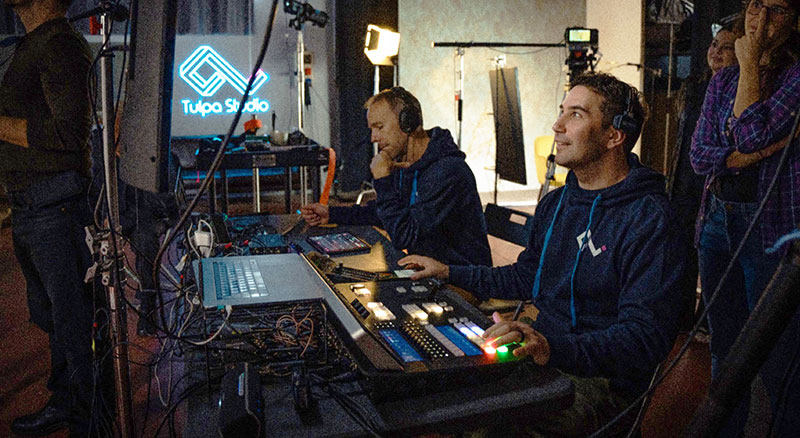
On set, Blackmagic RAW 12:1 gave them the flexibility and image quality the team needed, while keeping storage needs manageable. “Even with up to eight cameras rolling 4K and 6K RAW, we used the media management tools in DaVinci Resolve to stay on top of file sizes, trim down unnecessary footage and keep the edit flowing,” said Michelangelo.
Integration and Consistency
One of Tulpa Studio’s core production principles is fluidity. Using the ATEM Television Studio HD8 ISO live production switcher, the team handled live multi-camera switching, ISO recording of camera feeds and timecode sync, all from one hub. But what Michelangelo feels made the biggest difference was the ATEM’s ability to export a DaVinci Resolve Project (.DRP) file immediately after a shoot.
In themselves, the .drp files are small. Their purpose is to outline how the project’s media is edited and put together. If the media files are stored and ready to go, the producer only needs to open the project (.drp) and re link the files without having to copy quantities of video material.
“By the time we wrapped a session, we were already prepared to send a preview cut to the distributor,” he said. “That kind of immediacy is invaluable when you’re trying to keep momentum going in post.
“The camera gear’s consistency, particularly in terms of colour science, also paid off. All of our cameras matched automatically. We didn’t waste hours in post trying to balance shots or fix profiles. The look was locked in early, and everything worked as expected.”

The Connected Environment
Tulpa Studio’s approach could be used as a model for other small to mid sized production houses navigating similar challenges and who need to deliver top quality, without ending up with equipment that can’t be used in subsequent productions or an oversized team.
“I’m not concerned about sticking to one brand. I care that everything talks to each other and doesn’t slow us down,” Michelangelo remarked. “From acquisition to editorial and finishing, we’re working in a connected environment that saves time, reduces risk, and helps us compete at the highest level.”
Aware that cinematic quality has become a baseline expectation rather than a luxury, studios like Tulpa show how integrated, accessible workflows can bridge the gap between indie flexibility and professional looks. www.blackmagicdesign.com





